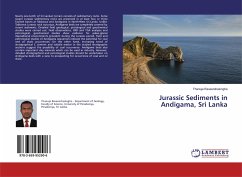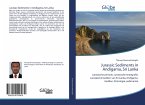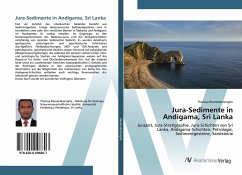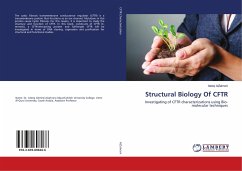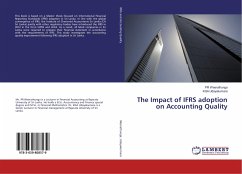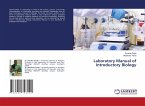Nearly one-tenth of Sri Lankan terrain consists of sedimentary rocks. Some Upper Jurassic sedimentary rocks are preserved in at least two or three faulted basins at Tabbowa and Andigama in North-West Sri Lanka. Unlike Tabbowa Jurassic rock outcrops, Andigama beds are completely covered by recent sediments. Detailed field geological, petrological and geochemical studies were carried out. Field observations, XRD and TGA analyses and petrological, geochemical studies show evidence for paleo-glacial depositional environments prevalent during the Jurassic period. Field and petrological studies of Andigama sequences indicate the potential for coal and oil shale occurrences. On the other hand, increasing trend of stratigraphical C content and volatile matter in the studied stratigraphic sections suggest the possibility of coal occurrence. Andigama beds also contain important clay minerals which can be used in industry. However, detailed stratigraphical and petrological studies should beundertaken on Andigama beds with a view to prospecting for occurrence of coal and oil shale.

